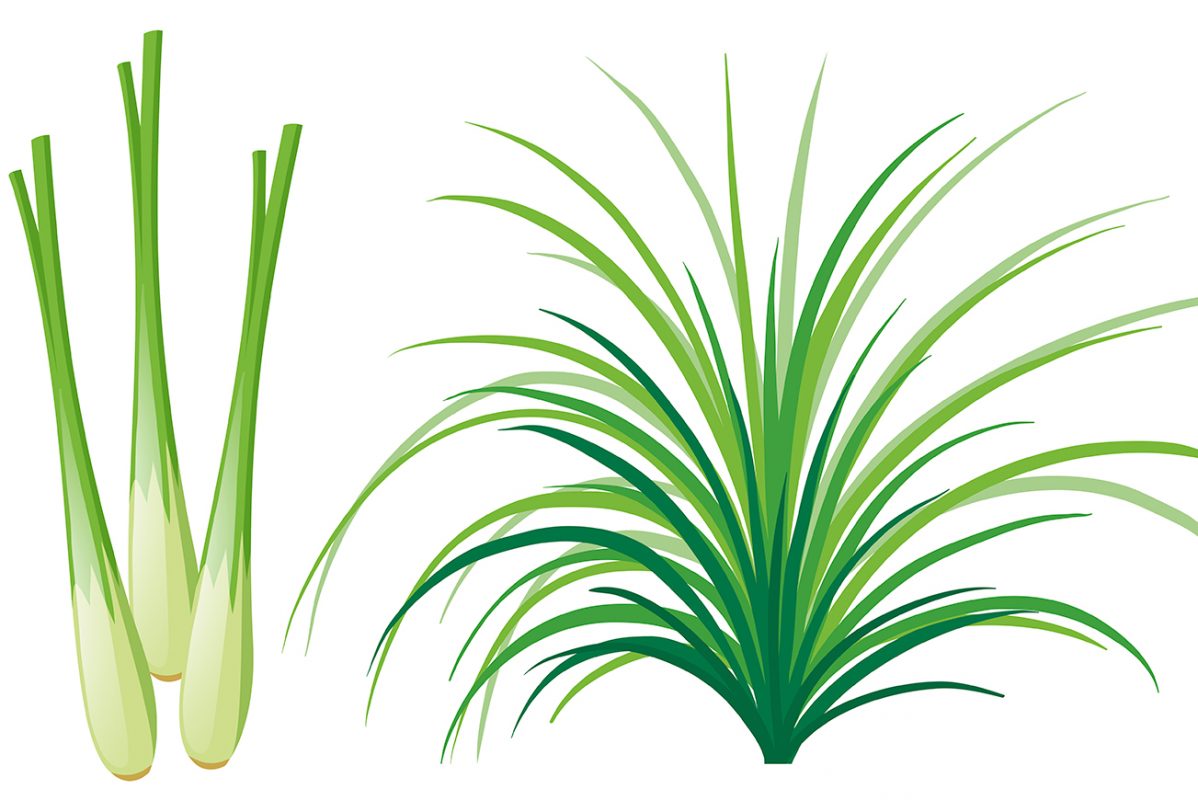Lemongrass plants grow well in tropical countries and can be found growing wild throughout Southeast Asia. The plant, which is part of the grass family, is also cultivated in home gardens because of its medicinal and culinary value. It is often added to stews, curries and teas for its citrusy flavour and fragrance.
Lemongrass’s flavour and aroma are great when paired with ingredients like chillies, shallots, garlic and coriander, so it’s no wonder it made a home for itself in Peranakan cooking, where it is blended with other ingredients into a paste. It gives notes of citrus without any of the acidity.
MEDICINAL PROPERTIES OF LEMONGRASS
Lemongrass has a long history as an ingredient in traditional medicine.
- Good for Digestion
In Traditional Chinese Medicine, lemongrass is used as a remedy for bloating, constipation and indigestion. It contains a component called citral that helps to soothe the stomach and digest food. - Rich in Antioxidants
It helps remove toxins from the body by relieving fluid retention. - Helps to Regulate High Blood Pressure
There are two ways that lemongrass helps your heart. It is known to limit cholesterol absorption from the intestines, which promotes overall heart health. It is also rich in potassium. This increases the production of urine in the body, which stimulates blood circulation and lowers blood pressure. Better blood circulation also promotes liver health. - It May Help to Boost Metabolism and Burn Fat
Clinical research still hasn’t caught up with this, so the jury is still out. What we do know from research is that polyphenols, found in natural plant compounds, increase the use of energy and enhance the oxidation of fatty acids in the body. This boost in metabolism makes digestion quicker and helps in burning more calories. - Great for Skin and Hair
Improved blood circulation helps clear up your skin. Lemongrass is also a very good source of Vitamin A and Vitamin C, essential nutrients for skin and hair. - Fights Colds and Flu
Vitamin C strengthens your immunity, but lemongrass helps in another way too. It’s antibacterial and anti-fungal. A tea made with lemongrass, tulsi leaves and cardamon is a common Ayurvedic prescription for colds. - Women’s Health
In Traditional Chinese Medicine, lemongrass is considered cooling and provides relief from hot flashes and helps in reducing menstrual pain.
IS IT JUST A TREND?
It’s hard to know what nutritional information to trust, and trends come and go. One year we’re told that ginger powder cures all ills, and the next we’re drinking Tahitian Noni juice. It really does pay to do your research and not expect any nutritional medicine to be a cure for an unhealthy lifestyle.
Lemongrass has centuries of history as a plant prized for its health benefits. Unlike synthetic supplements, this tropical plant is quite safe. Toxicity is never going to be a cause for concern.
It lends a wonderful flavour to an authentic Nyonya rempah, and it’s probably good for you too.



